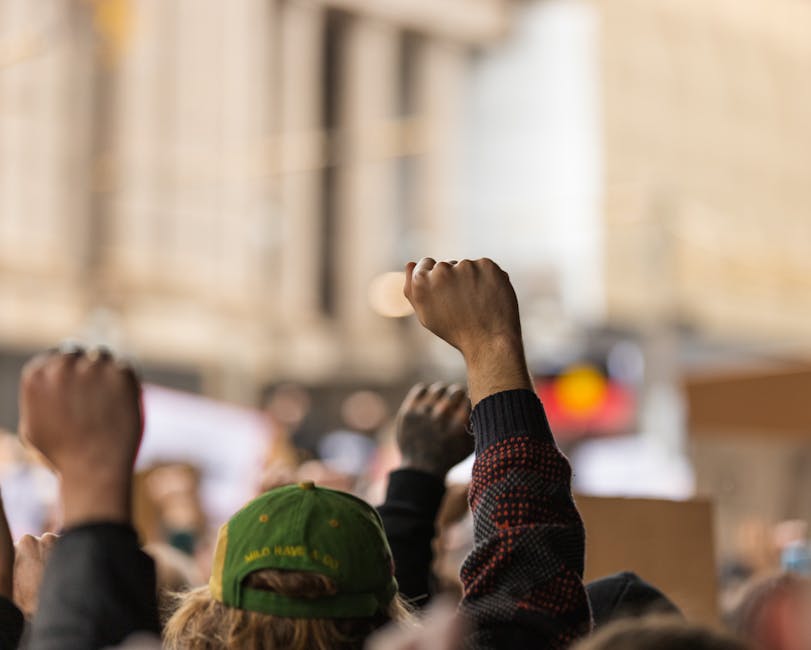In a historic move that resonates far beyond its shores, the Australian state of Victoria has signed the nation’s first treaty with an Aboriginal group, etching a new, hopeful chapter in its history. After more than two centuries of colonial settlement marked by dispossession and conflict, this formal agreement is a landmark achievement for reconciliation.
The treaty with the Taungurung people is not just a symbolic gesture; it is a substantive act that could pave the way for healing a nation’s deepest wounds.
A Landmark Agreement: What the Taungurung Treaty Entails
This historic treaty was signed between the Victorian government and the Taungurung Land and Waters Council, which represents the traditional owners of a large swathe of land in central Victoria. The agreement includes several crucial components:
- Formal Recognition: It provides official recognition of the Taungurung people as the First Peoples of their land.
- Self-Governance: It establishes a framework for self-governance, giving them genuine authority over their own affairs.
- Financial Package: It includes a financial settlement of AUD $37.7 million.
- Land Management: Crucially, it gives the Taungurung people a real say in the management of parks, forests, and cultural heritage on their traditional country.
For those in nations like India, familiar with constitutional safeguards for Adivasi communities, this development in Australia is particularly poignant. It represents a significant shift from apology to a binding agreement.
A Beacon of Hope After a National Setback
The significance of Australia’s first treaty with Aboriginal people being signed in the state of Victoria cannot be overstated, especially when viewed against recent national events. Last year, Australia voted ‘No’ in a referendum to establish a national Indigenous “Voice to Parliament.” That result was a bitter disappointment for many, seen as a rejection of Indigenous recognition.
In the wake of that national failure, Victoria’s state-level success offers a powerful counter-narrative. It proves that progress is possible when genuine dialogue and commitment are prioritised.
The Path to Treaty: Years of Groundbreaking Work
This treaty is the culmination of years of tireless work, driven by Victoria’s unique, state-led initiatives. These include the groundbreaking truth-telling process of the Yoorrook Justice Commission and the leadership of the First Peoples’ Assembly of Victoria—the state’s democratically elected body for Aboriginal people.
They have consistently argued that true reconciliation cannot be achieved without treaties. A treaty is a negotiated settlement between sovereign peoples that acknowledges past injustices and lays a foundation for a future based on mutual respect and partnership. Until now, Australia has been an outlier among Commonwealth nations like Canada and New Zealand, which have long-standing treaty processes. This Victorian agreement finally brings a part of the nation into line with international best practices.
The Journey Ahead: A First Step for Australia
Of course, this is just the beginning. The Taungurung treaty is the first of what is expected to be many, as dozens of other First Nations groups across Victoria are in various stages of negotiation. The road ahead will not be easy; implementing these agreements will require sustained political will and commitment from all parties.
However, for the first time in Australian history, a government has moved beyond saying “sorry” and has entered into a binding pact that acknowledges the sovereignty of the land’s original inhabitants. It is a powerful act of justice, a recognition that Aboriginal people were never conquered and their rights were never ceded. The world will be watching Victoria closely as it navigates this new path, one treaty at a time.




